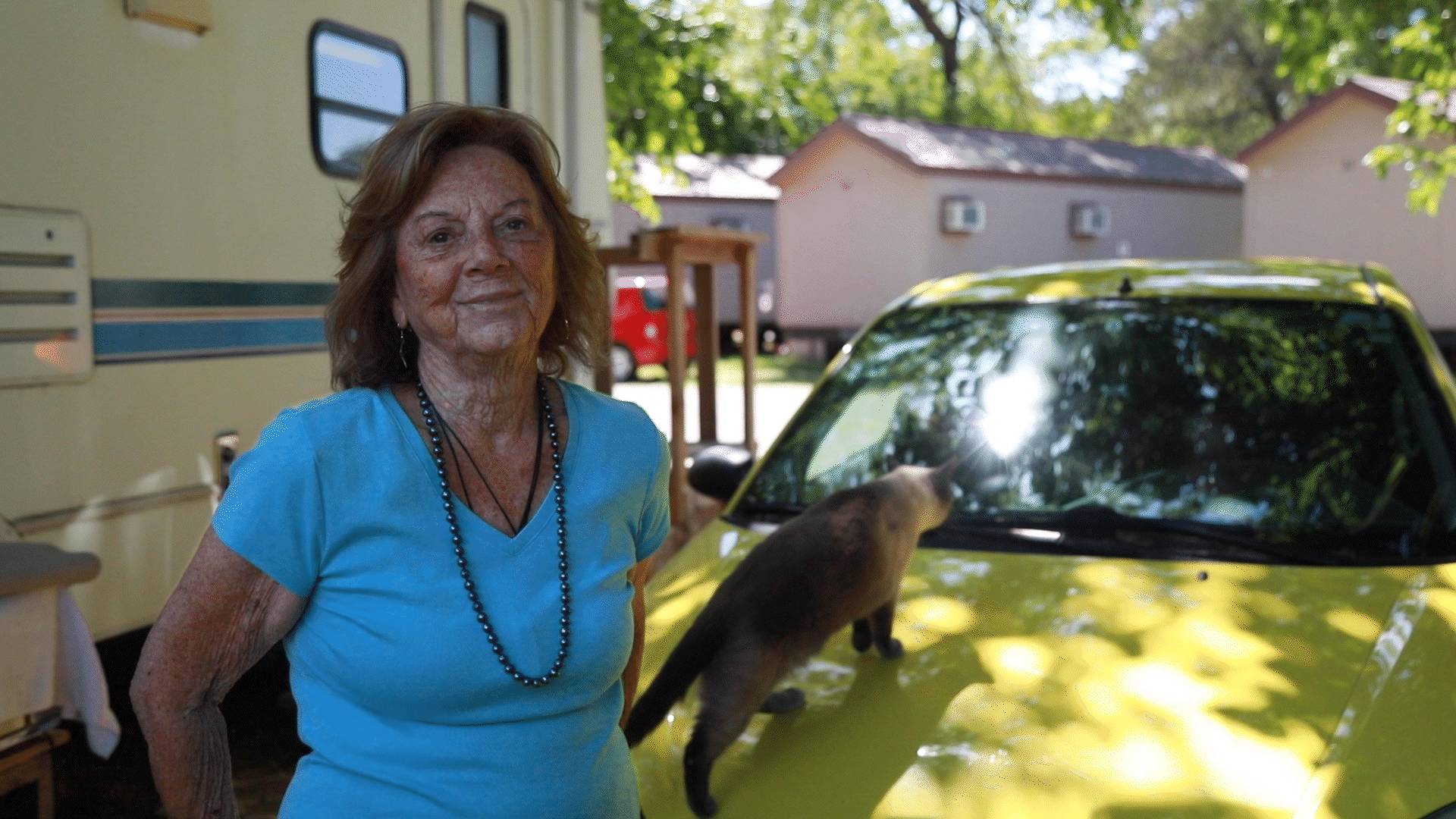
As the host of May’s bunco game, Sonja Hagy, her thick eyeliner accenting an all-black outfit, made the rounds through her Chico home, checking on the 12 other women milling about.
“Is the quiche cooked?” Hagy asked. It was a bacon and zucchini quiche, but there was a spinach and mushroom one in the oven just in case. Hagy served the main dish with a side salad, and her guests drank coffee or Coca-Cola to wash it all down.
The women gathered at Hagy’s home are all survivors of the 2018 Camp Fire, the most destructive wildfire in California history. Caused by PG&E electrical transmission lines it destroyed nearly 14,000 residential structures, according to an analysis of CAL FIRE data.

The monthly bunco games are a way to return to what life was like before the fire, even if just for a few hours.
Hagy set up three tables for the occasion. The winners’ table was in the kitchen. Each was equipped with three dice, a place mat to dull the sound of players’ rolls, and a bowl of mini Reese’s Peanut Butter Cups and Kit Kats. The players used red and pink pencils to tally their points. They decorated their scorecards with shiny stickers shaped like smiley faces and hearts if they won a mini bunco during game play.
“To be around people who I used to be around warms my heart,” Sandra Spears said as her former neighbor from Ponderosa Mobile Estates, Lindalee Hatch, mingled nearby.
Originally from Canada, Hatch, 83, joined the bunco group a few years after she moved to the mobile home park in Paradise, California, in 2008. In Hatch’s doublewide mobile home, most of the walls were painted offwhite, except for the dining room, which was painted Hatch’s favorite color—turquoise. In the backyard, she grew tomatoes, and in the front yard, she tended to a camellia tree. It was the first home she had owned since her divorce in 1988.
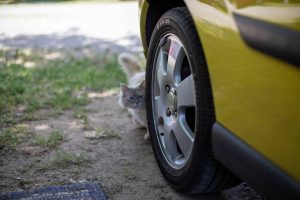
She lived there for a decade before fleeing on the morning of Nov. 8, 2018. Once embers began to fall on her driveway, Hatch grabbed her chihuahuas, Kiki and Lula, and her passport. She was unable to coax her cat Tommy into his crate, leaving him behind. She drove for four and a half hours to Chico—a drive that typically takes fewer than 30 minutes—where she found refuge at her friend’s house.
In the six months after the fire, Hatch stayed in the homes of her former pet-sitting clients. In April 2019, unable to afford a home in the area, Hatch bought a 24-foot trailer. She stayed in that trailer for two and a half years in an RV park on the side of a freeway in Chico and, most recently, at the Hidden Harbors RV park in nearby Los Molinos.
The May bunco game would be Hatch’s last with this group of women. A few weeks later, she moved to La Paz, Mexico to live near her son and his girlfriend, leaving behind the town that once enriched her life.
“God bless her. I hope she’s going to be happy there,” Spears said. “She’s leaving a lot of friends, [but] there’s nothing like having your own home.”
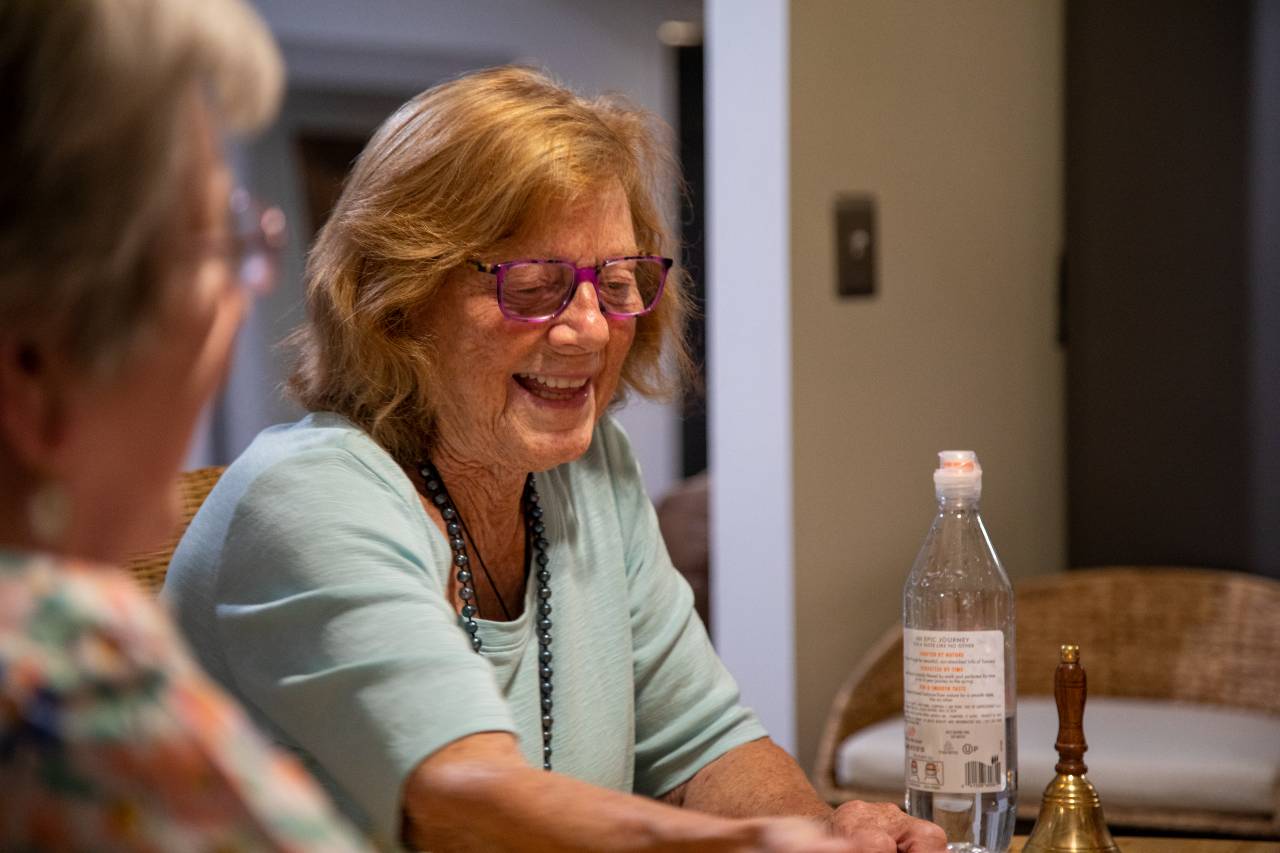
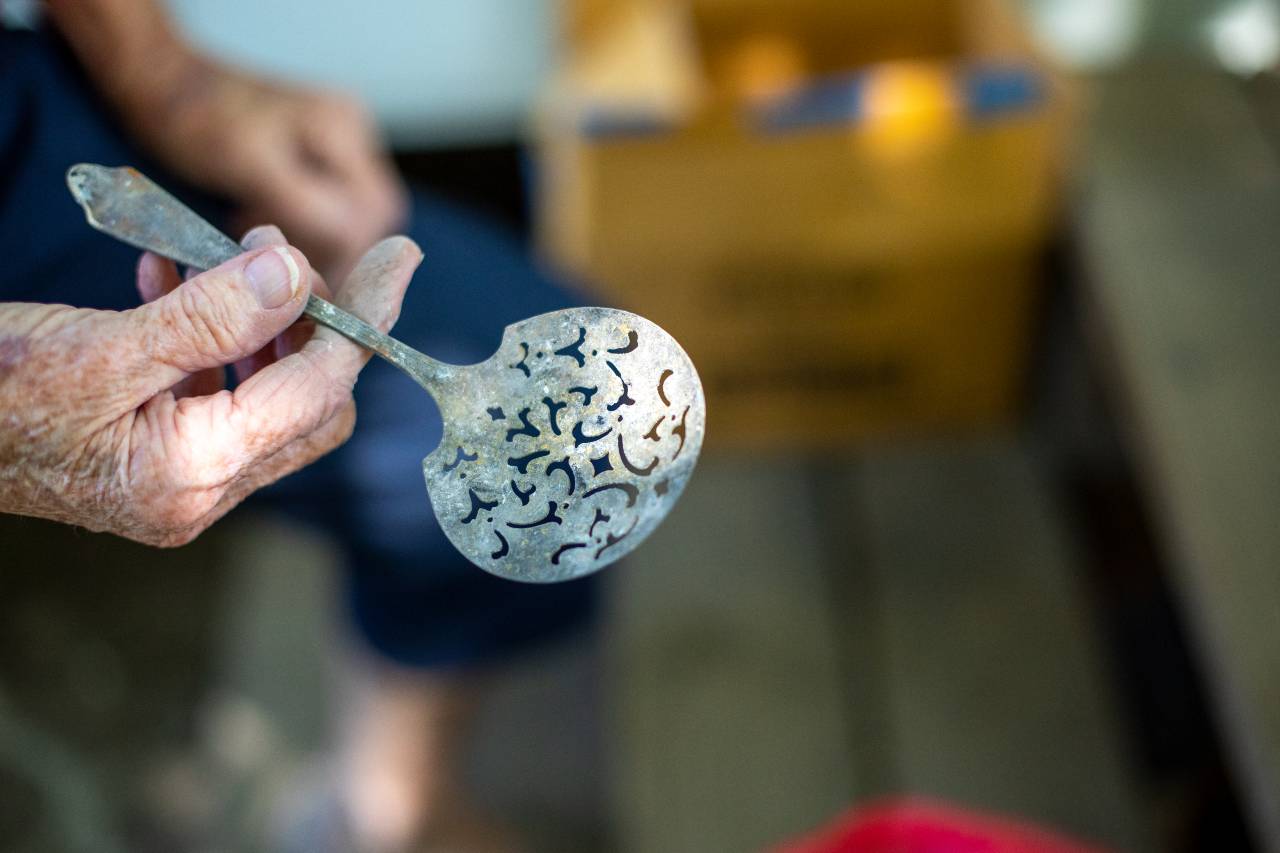
The Camp Fire destroyed 90% of the occupied mobile home park homes within the fire perimeter, according to the Rural Community Assistance Corporation (RCAC), a nonprofit that became involved in recovery efforts in 2020. Most of those homes were in the 30-plus mobile home parks in Paradise.
Plans to bring trailers into Paradise’s mobile home parks as temporary housing for cleanup and construction workers and then transition them into permanent housing never came to fruition. Even then, park owners thought the rebuild process could be completed within a few years. But three and a half years later, only a handful of parks have started to bring in residents.
“People get their homes burned down,” Cheryl Andrews, who co-managed Ponderosa along with her husband Jack, said. “They rebuild, and they come back, and their whole community is there. But ours is gone.”
Park owners faced an unforeseen volume of work, which included everything from cleaning up debris to replacing the park water systems. Several park owners lacked sufficient insurance to cover the costs of rebuilding. They have received only a fraction of the amount expected from the Fire Victims Trust, a fund set up as a result of the 2019 bankruptcy settlement between PG&E and fire survivors.
Most of the former mobile home residents who were displaced by the Camp Fire, largely seniors on fixed incomes, don’t have the option of returning home.
In part, Hatch moved to La Paz to feel settled—something she hasn’t felt since the morning of the Camp Fire. She will once again have her own home and yard, so her chihuahuas and two new cats, Sylvie and Dusty, will have room to run around. She wants to learn to prepare raw vegetarian food and invite people over to enjoy meals with her. She wants to learn Spanish. She wants to develop new painting techniques and continue knitting and crocheting. By April, a month before leaving for Mexico, Hatch had already packed two multi-gallon Sterilite containers with yarn.

Paradise is in transition, too. The town is pockmarked with the neon orange of traffic cones and the neon yellow of construction worker vests. Since Paradise was destroyed, more than 1,400 single-family homes have been rebuilt. As of the end of May, there are 2,400 other permits that are in review, under construction or close to being finished, said Mayor Steve Crowder. The town is still affordable compared to the rest of California, But by old Paradise standards, the average home price of $500,000 is considerably more expensive.
Crowder said rebuilding the more affordable homes in mobile home parks will be critical for the town. Paradise had one of the highest numbers of spaces available in its mobile home parks compared with 60 other California cities that had a similar concentration of people in 2018, an analysis of state and Census data shows. Primarily a retirement community, Paradise didn’t have large multi-unit buildings with subsidized housing. Instead, retirees found the most affordable accommodations in the mobile home parks.
Space rent, or the monthly fee residents pay to have their home in a park, typically ran $400 to $500.
Kate Anderson, the town’s community development director, said most of the homes were old but well-maintained. The price tag? Somewhere between $5,000 to $20,000. Hatch bought her home in Ponderosa for $15,000.
But the homes that provided affordable housing for the town likely won’t be occupied for years.
The missing link for mobile home parks
When he was growing up in Paradise, Chris Morgan used to deliver newspapers with a friend. One of the stops along his route was El Dorado Mobile Estates. Morgan became the owner of that park less than 20 years later in 1986. Then, in 2009, he bought Blue Spruce, another mobile home park. The two parks made up most of Morgan’s income until they were destroyed in the fire.
When Morgan returned to El Dorado a few days after the fire, he found the charred remains of a woman who lived in space No. 15. She was one of the more than 80 people who died in the Camp Fire. Morgan had known her for more than 20 years.
“I had to call her son and tell him that we directed the guys in the white hazmat suits to his mom,” Morgan said. “I have never had to make a phone call like that in my life.”
The day of reopening is still far off for Morgan’s two parks.
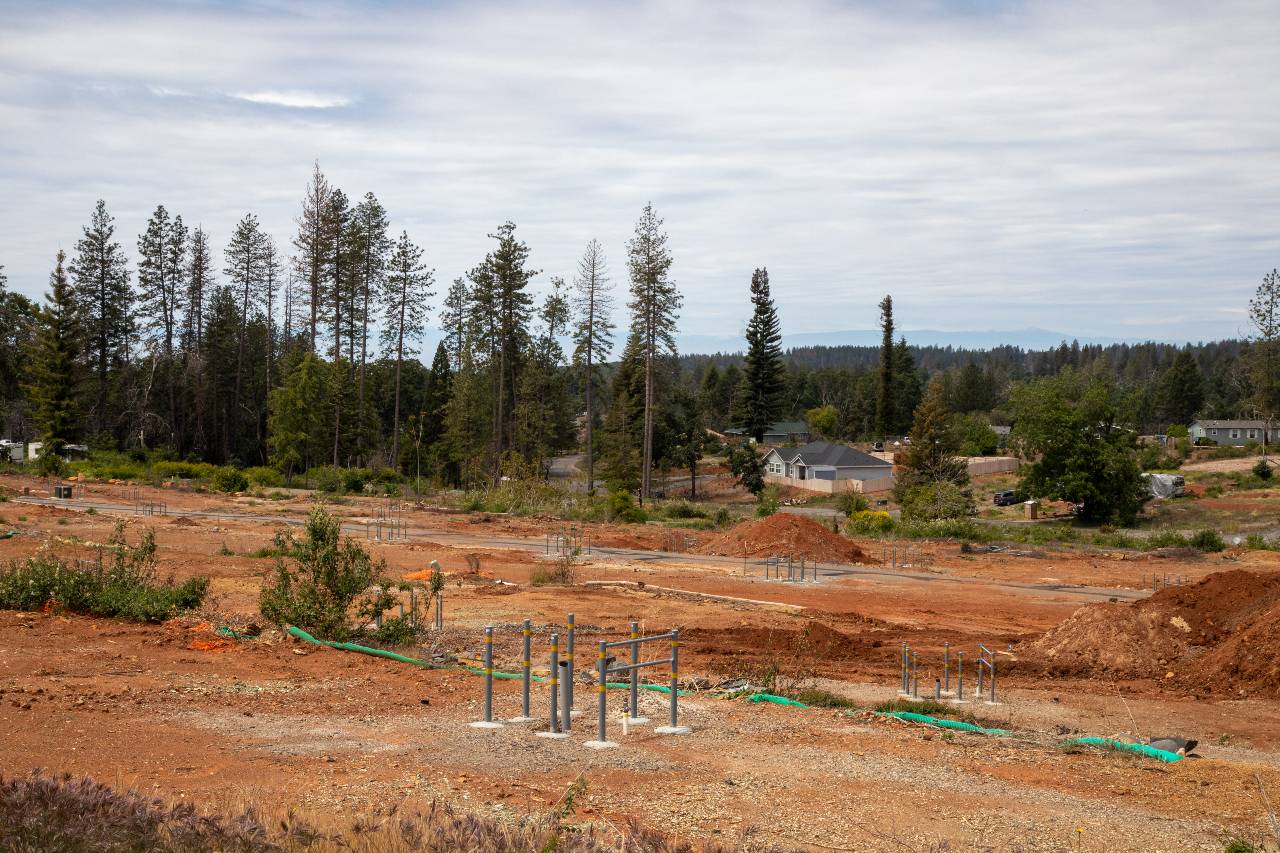
Morgan consulted with Mark Adams, a civil engineer who manages Paradise rebuild projects for Chico-based NorthStar Engineering, to draw up reconstruction plans for his parks. Adams, who was president of NorthStar until 2017, spent most of his career in Paradise and estimates he has worked on engineering projects in at least half of the mobile home parks in the town.
“It’s a very long, expensive, involved process,” Adams said of the mobile home park rebuilds. “I really thought we could recover them fast until I realized the process.”
Among the list of items: removing debris, which required contacting all former residents, many of whom spread out across the country; clearing dead trees; refilling, testing, grading, and compacting soil; reconstructing underground gas and electric lines; replacing the water system; and redoing streets. All that in addition to rebuilding park infrastructure and bringing in new homes.
The parks are unique from other types of residential properties in that they fall under the jurisdiction of California’s Department of Housing and Community Development (HCD). So to begin building, Paradise’s mobile home park owners have to submit plans, calculations and designs to both the town and Sacramento to get a permit to construct. For smaller items, like bringing in a new mobile home unit or installing a carport, owners need to submit separate permits. It’s a process that several owners have lamented as onerous and time-consuming.
Mitchel Baker, the assistant deputy director of HCD, said that the department has gone above and beyond to assist with rebuilding the mobile home parks.
“There are definitely a lot of steps in the process,” Baker said. “We naturally really want to see parks grow and expand, and in the case where there’s an unfortunate disaster, for them to rebuild.”
The pool at El Dorado Mobile Estates, which sat near the park’s clubhouse at the entrance of the park, on May 12, 2022. Cinemagraph by Kavish Harjai for the Peninsula Press.
Fifteen Paradise mobile home park owners have submitted documentation to HCD to rebuild, according to the department, and two of those park owners have completed their rebuilds as of May.
Owners for only five parks have applied for permits to install new mobile homes in them, according to data obtained from HCD.
In Oakhill Estates, there are five mobile homes and 15 RVs. Of the mobile homes there, owner Richard Stach said, two are occupied and three are in the process of being set. Stach plans on phasing the RVs out as he moves in more mobile homes. In Sherwood Forest and Pine Grove parks, both of which are owned by Rick Held, there are 12 occupied mobile homes out of 151 spaces.
Physical construction aside, park owners have had to confront the tough financial realities of rebuilding their properties.
The U.S. Department of Housing and Urban Development (HUD) granted the state of California more than $1 billion in Community Development Block Grant-Disaster Recovery funds in 2018. This block grant funding is meant to assist in housing recovery after disasters, particularly for low- to moderate-income housing.
HUD administered the funds, and it created two housing revitalization programs, including one to assist in the development of multifamily housing projects. Through the multifamily program, Paradise received nearly $56 million.
But mobile home parks were not eligible for the funding because residents own their homes and rent the land in parks, as opposed to renting both the homes and the land.
“An owner of the park would have to purchase the units, then rent the mobile home units—that’s the only way a mobile home park would qualify for these funds,” said Anderson, the Paradise community development director. “That’s a different model than most mobile home parks are willing to do.”
The Rural Community Assistance Corporation explored the option of using Mobile Home Park Rehabilitation and Resident Ownership Program funding to assist owners. However, the monies from this program are only available to resident ownership entities, non-profit organizations or government entities that purchase or rehabilitate a mobile home park. Since Paradise’s parks are privately owned, they were not eligible to use this funding either.
“It feels like there’s this missing link for mobile home parks,” Anderson said. “I’m hoping someone will come up with a great solution for our mobile home parks, but it’s so complicated.”
Through insurance, Morgan got paid for the infrastructure on his parks, like the clubhouse and swimming pool, and one year of lost income. That pay-out, Morgan said, amounts to one-tenth of what his parks are worth.
Morgan, along with 70,000 survivors of several California fires, is receiving money from the Fire Victims Trust. Survivors are getting paid out incrementally, half in cash and half in the money collected from the sale of PG&E stocks. So far, Morgan has received 45% of his share. That’s not even enough to begin onboarding contractors, he said.
The Trust itself is beset by several issues, including an expected shortfall totaling more than $1 billion and internal personnel shake ups.
Even if Morgan got all the money from his determination notice in a lump sum, it doesn’t take into account the rising costs of construction materials and labor.
“I’m way under-capitalized,” Morgan said. “I have enough money to live on, but if I put it all in the parks, and I can’t find homes and get them quick enough, then all of a sudden I’m in trouble financially.”
But Morgan is still looking for ways to reopen his parks. In the weeks after the fire, he wrote letters to former park residents, offering them a waiver on their November 2018 space rent and asking them to sign a right-to-entry permit so California Governor’s Office of Emergency Services could clear the parks.
The cards he received in response now sit in a 10-inch stack on his desk, and they’re his guiding star.
“I am so sad that I can’t live in Blue Spruce anymore,” one of his residents wrote in a card. “I had planned on living there for the rest of my life.”
A resident of El Dorado thanked Morgan for building a “peaceful, congenial community” and encouraged Morgan to press on with the rebuild.
“Please try to make it as affordable as possible,” the resident said. “Please let me know, and I will try to buy a mobile there!”
What Morgan is trying to do is recreate the communities that lived in his parks before the fire. He acknowledges that this is an impossible task, but he doesn’t want to let it go.
Letting go
Hatch begins to cry while talking about Ponderosa and her former community, but the tears don’t last long. Hatch wipes them away before they run off her face. Then she takes a deep breath, flashes a smile, and changes the subject, sometimes dipping into reveries about her past lives on other planets. She explains that her goal for this life, the one right here on the planet Earth, is simple: “I want to be happy.”
Thinking about the community in Ponderosa, Hatch recalled a time in 2016 when she got a panicked call from her neighbor’s daughter who couldn’t reach her mother. Hatch went to her neighbor’s home and found her sitting in a daze on the sofa. She had bumped one of the dials on the stove, letting gas seep out. Hatch helped her neighbor out of the home. Thankfully, she was fine.
Though she likely saved her neighbor’s life, Hatch doesn’t consider this an act of heroism.
“It’s your community,” Hatch said. “You want to do everything you can for people.”
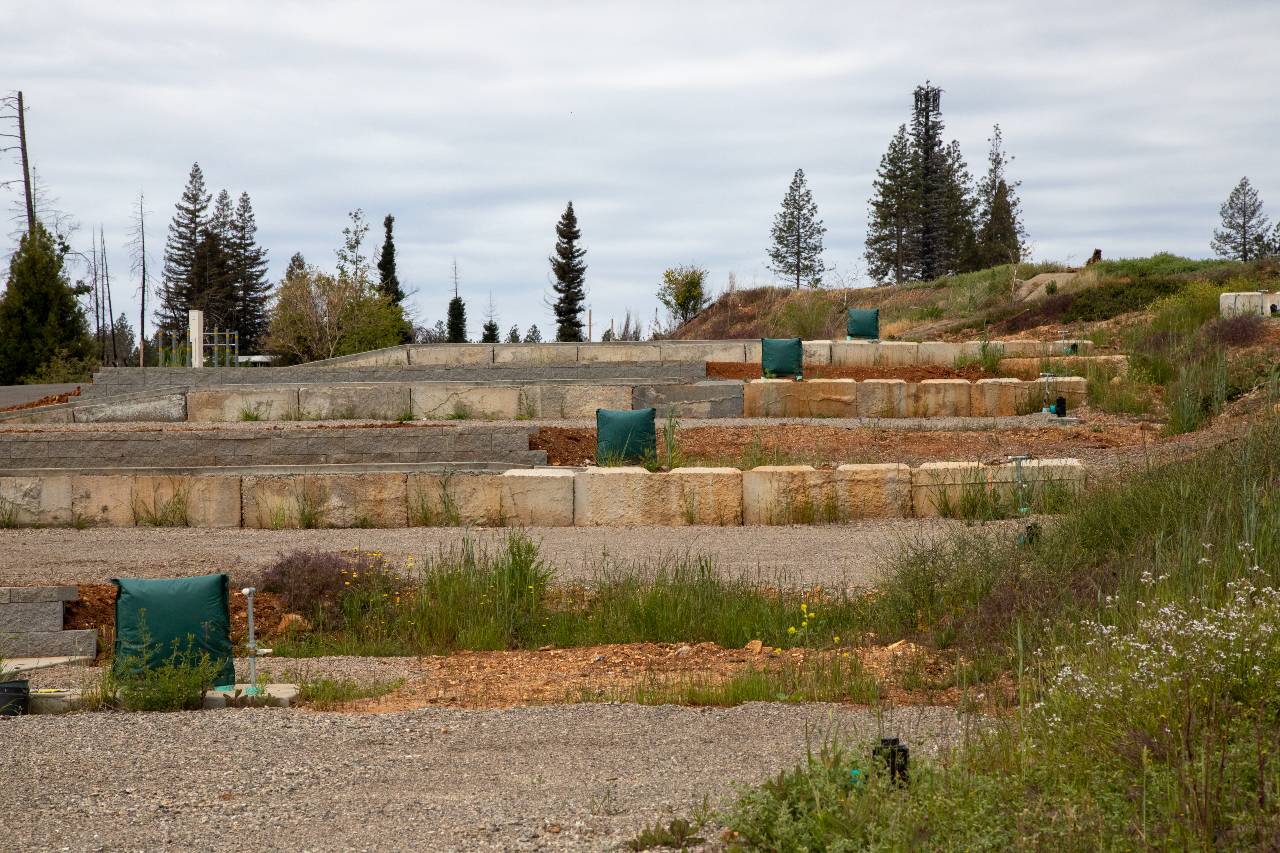
Back in Hagy’s kitchen, the ring of a bell at the main table signaled the beginning of another round of bunco. The women played 24 rounds in total, with a break in between for dessert. For that night, along with the quiches, Hagy baked a pumpkin roll and a pear and cheddar cheese pie.
It was a night of disproportionately high buncos. Luck was in the air, or perhaps it was fate that made Hatch’s last game before moving to Mexico memorable. Even as she faltered in the game, Hatch remained affable, laughing at her losing dice rolls and at the frequent yells that filled the whole home: “Bunco!”
There’s before the fire, and there’s after the fire—conversations about insurance, settlement payouts and pets who have been on anxiety medication since the fire—that’s something all the women at Hagy’s home understand.
“Whenever we get together, they all say, ‘Don’t go,’” Hatch said. “That part is really hard. We’ve all been through the same thing.”
At the end of bunco night, six different prizes are awarded, including for most buncos, most wins, and even most losses, too. For Hatch, there was a special gift: a pink bunco set to take with her to Mexico. On the inside of the box, the women wrote well-wishes to Hatch.
On their way out, the women said goodbye to Hatch over hugs as Hagy handed out chocolate lollipops molded into the shapes of roses and tulips.
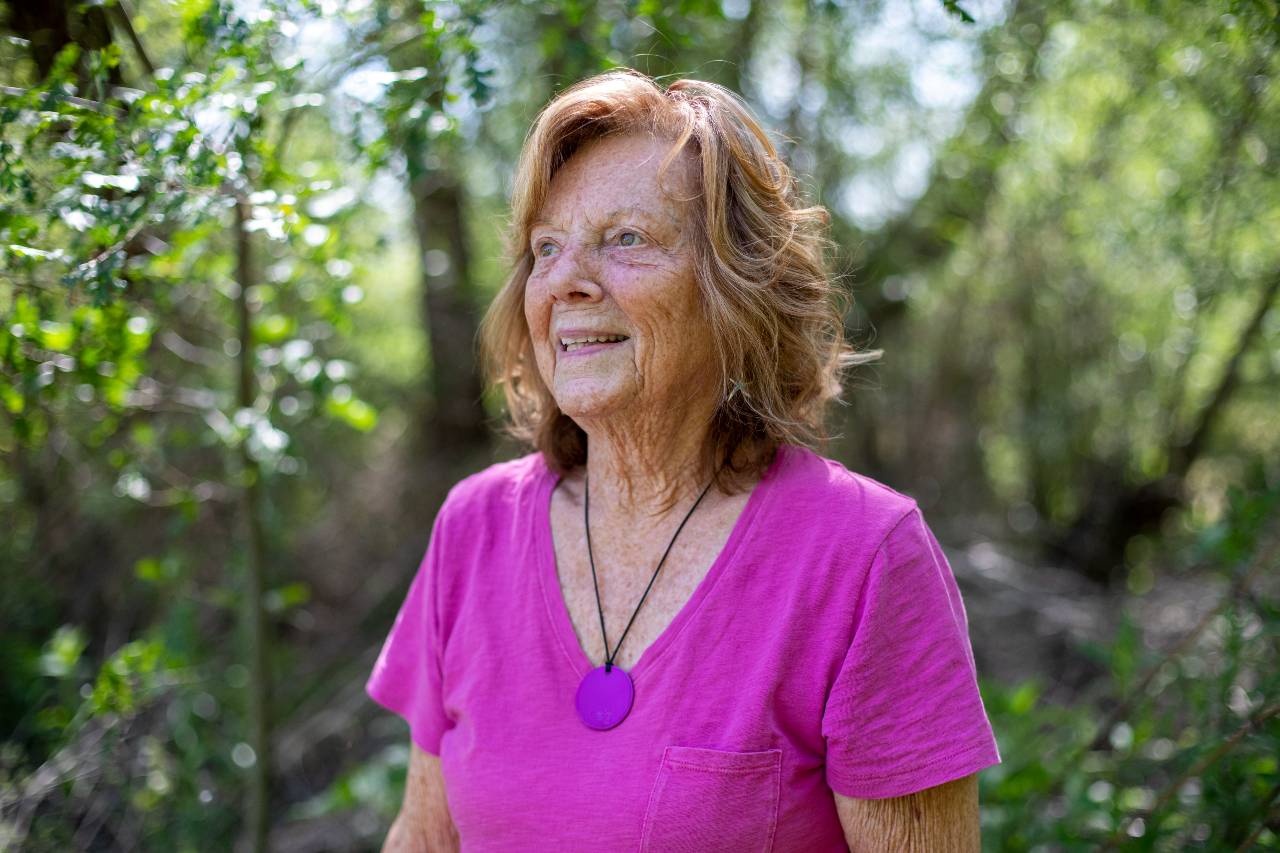
Hatch arrived in Mexico on May 24 after three days of travel. She is settling into her new home, which has a living room, bedroom and kitchen with a six-burner stove. Dusty and Sylvie have found comfort on the cool tile floor near the front door observing Lula and Kiki, who run around the walled-in yard. Hatch said she can always catch a breeze on her roof no matter the temperature outside. In the back of her home, two cacti have grown into each other, and there’s a little bird’s nest where they meet. Hatch is feeling optimistic about finding new friends—she already got invited to a luncheon with some women in the area.
“For the next 20 years, or however long I live, this will be the best home,” Hatch said.
In Paradise, the more than 50 mobile home lots in Ponderosa Mobile Estates remain empty.
